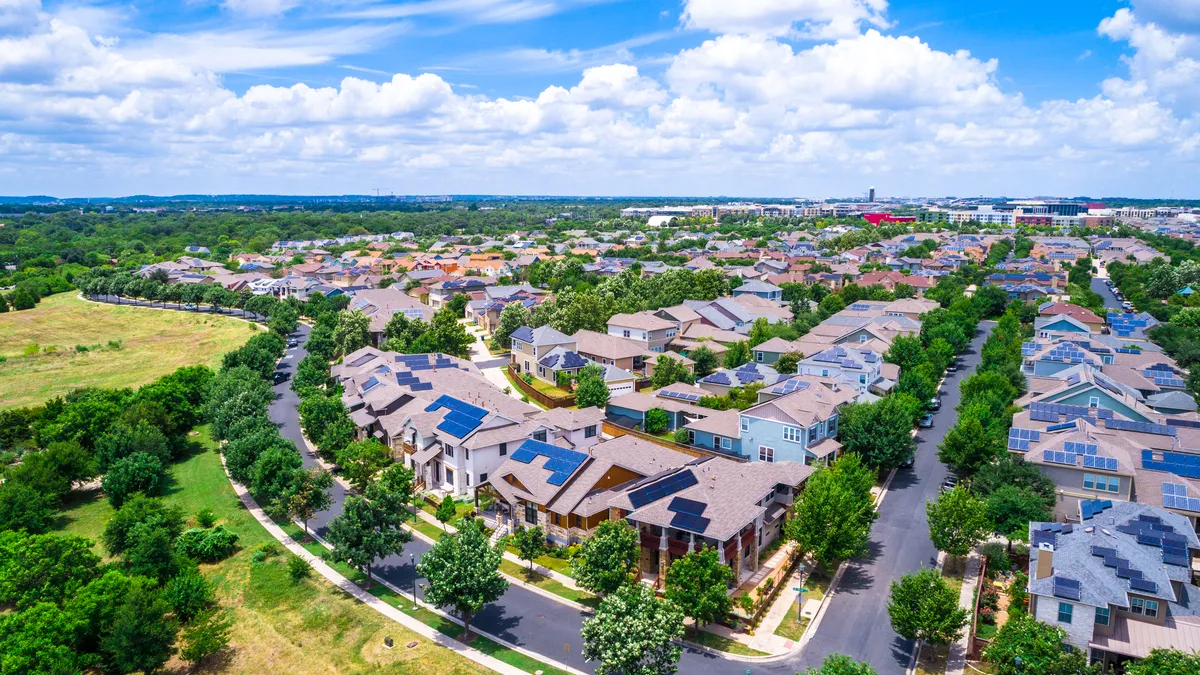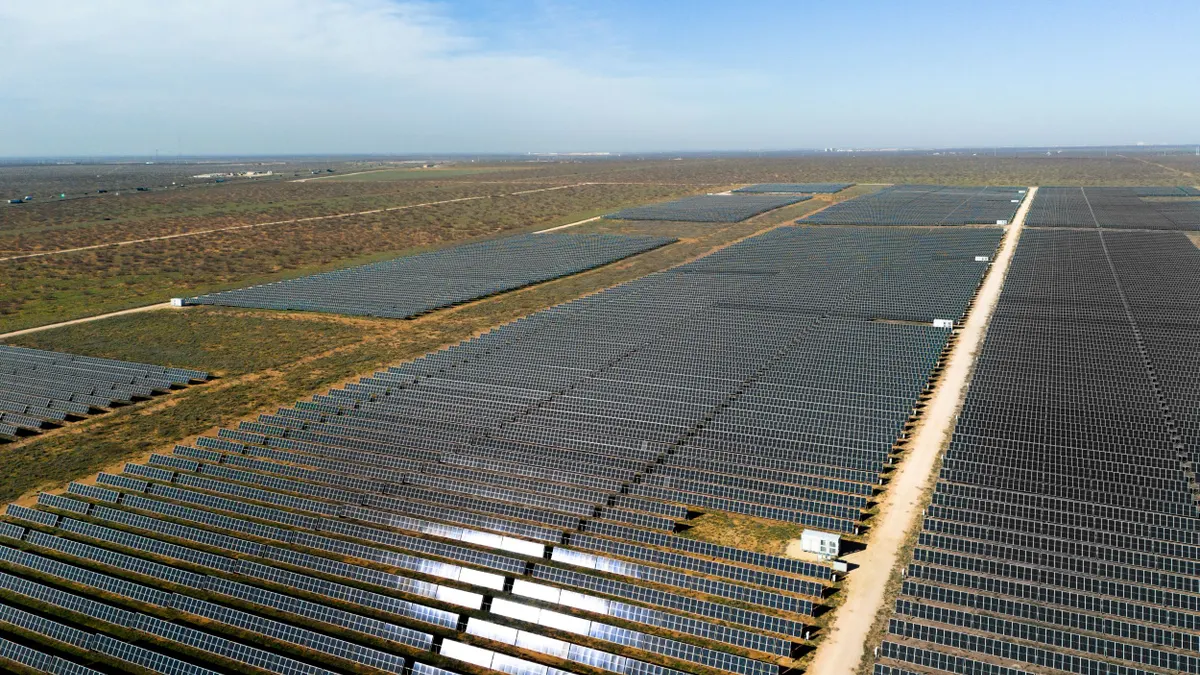Sachu Constantine is the executive director of Vote Solar.
With billions on the line from the federal government and the potential for renters and disadvantaged communities to finally access clean, affordable solar energy, California’s three largest utilities are actively working to stop the California Public Utilities Commission from issuing an equitable community solar program.
In their decade of opposition to a viable statewide community solar program, the utilities have succeeded by sowing fear, uncertainty and doubt — we can’t let them get away with it this time. AB 2316 bill author Assemblymember Chris Ward and a diverse coalition of climate and environmental justice groups, consumer advocates and the solar industry delivered this message at Vote Solar’s recent stakeholder briefing.
The proceeding is coming to the finish line. The judges overseeing the rulemaking for community solar + storage at the commission recently issued a final set of questions about the Net Value Billing Tariff, or NVBT, and how the tariff could best support grid reliability. Parties filed their final comments last month. An unprecedented coalition — including Vote Solar, ratepayer advocates (The Utility Reform Network), environmental justice (California Environmental Justice Alliance), the solar industry (Coalition for Community Solar Access), and environmental groups (Natural Resources Defense Council), to name a few — submitted comments in support of the NVBT, detailing the benefits including environmental justice, cost savings for working families, job creation, grid reliability and meeting our climate goals. The only opponents to the NVBT program are the utilities.
California’s top utilities have filed hundreds of pages of comments, opposing the NVBT and dismissing the need to have a scalable program that can meet the needs of millions of low-wealth Californians. The utilities have doubled-down on a decade of failed community solar programs by again proposing ill-defined, unworkable and small-scale programs that would serve just mere thousands of Californians who live in the state’s most disadvantaged communities and need affordable clean energy. Instead, they’ve proposed green energy options that only benefit large corporations and government customers.
Some of the utilities’ main stated reasons for opposing the NVBT program are 1) that it is in the broad community interest not to have the program, 2) that accounting for community solar and storage is too hard, and 3) that there is a cost shift to non-solar customers. All three of these points are patently false. As previously stated, the NVBT has support from a diverse coalition that rarely agrees: ratepayer advocates, the environmental justice community, green groups, solar developers, homebuilders and more — the utilities stand alone in their opposition.
The accounting point is unfounded. Utilities know well that these clean energy resources can be brought on quickly under the same processes used for other local renewable energy projects. California’s non-profit transmission grid operator, the California Independent System Operator, has already said it can incorporate these community solar-plus-storage projects into the grid. And there is no cost shift to non-solar customers — the commission created the avoided cost calculator for this reason, which the utilities supported in the net metering fight but are opposing here.
It is important for the commission to keep the proceeding on a fast pace and issue the ruling early this year. In March, the Environmental Protection Agency will award grants from the Solar For All fund, an unprecedented $7 billion competition for solar that serves low-wealth households. To be competitive for the funds, California must show that it has a workable program in place. It is imperative for the commission to issue a proposed decision this month for the state to have a shot at EPA funding in March.
If the PUC succeeds, community solar + storage under the Net Value Billing Tariff could achieve:
- More than 2 million California households subscribing, with low-wealth communities saving nearly $500 per year.
- At least $23 billion in investments and the creation of more than 40,000 jobs.
- Enough power to exceed all power currently produced by dirty gas peaker plant generation in California — which would ultimately help shut down those plants.
Despite the urgent need to create this community solar program, the massive federal funding opportunities and the exponential benefits for low-wealth communities, California’s utilities are relentless in their arguments. In December, all three utilities argued against using the avoided cost calculator to value the energy production from community solar projects. This is the exact opposite position the utilities took in the net metering context. It seems that their view on how to value solar-plus-storage is only based on whether it creates poor economics for the projects they oppose. It’s clear that San Diego Gas & Electric, Pacific Gas & Electric and Southern California Edison will do anything to delay reliable, equitable, affordable community solar in California.
If California’s leaders are truly committed to building an equitable clean energy future here in the Golden State, it is time to ignore the utilities’ unfounded arguments and put Californians back on top with a functioning community solar program.






















